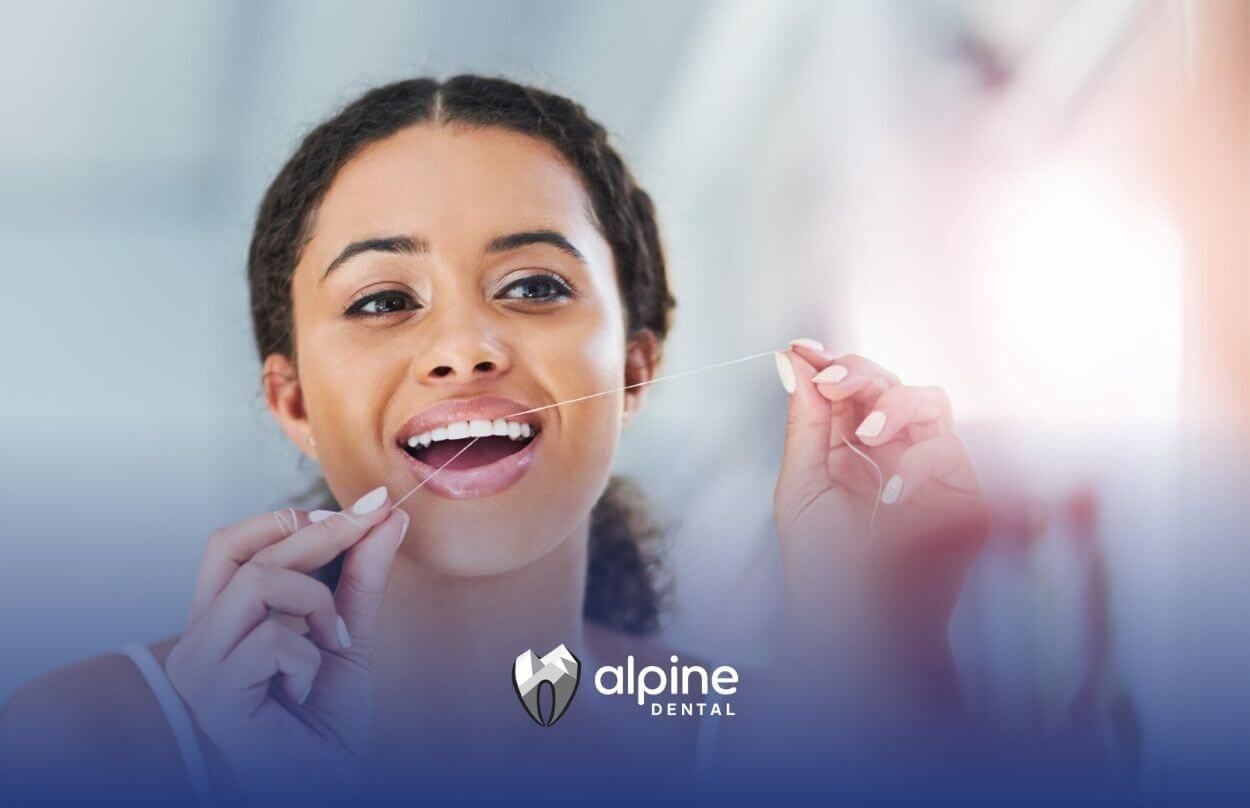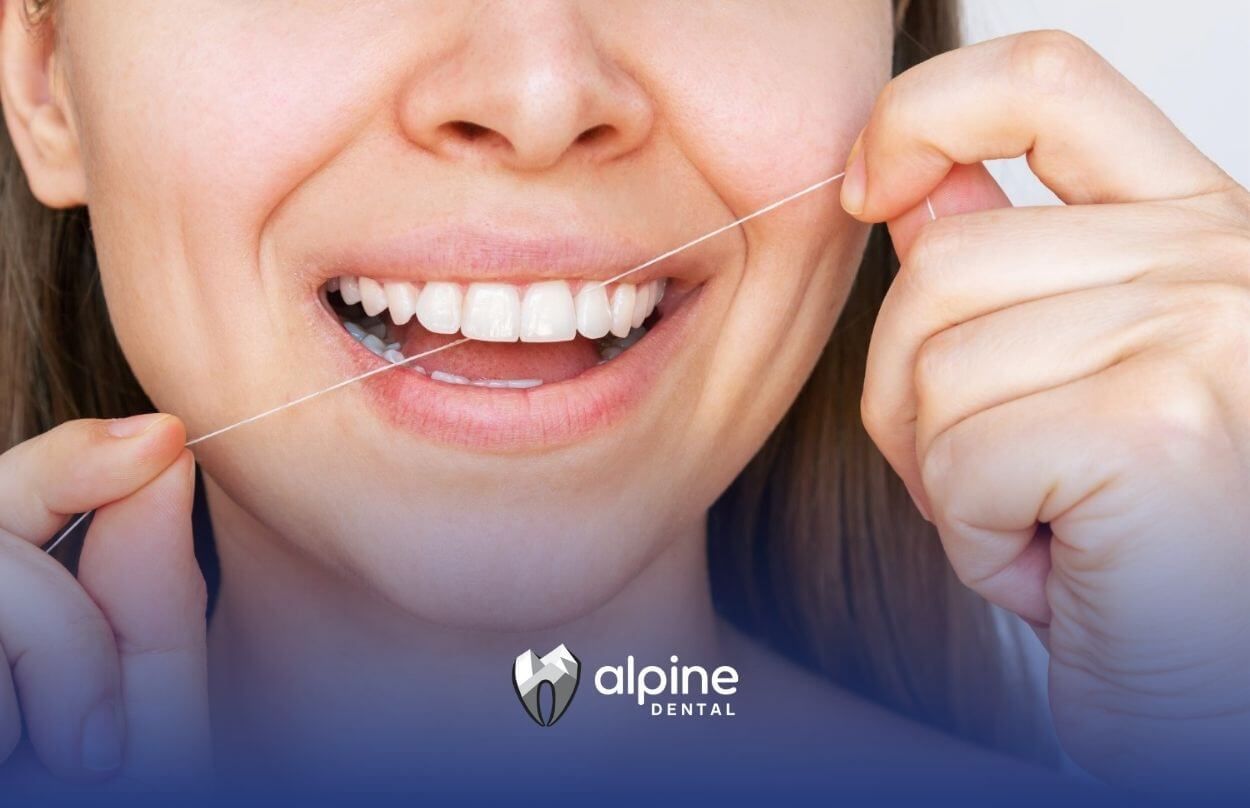Overbite Correction: Your Comprehensive Guide from Alpine Dental
An overbite is more than just a cosmetic concern—it can affect your oral health, comfort, and confidence. At Alpine Dental in New Jersey, we believe that understanding overbite correction is the first step toward a healthier, more beautiful smile. This in-depth guide covers everything you need to know about overbite correction, including causes, types, treatment options, benefits, and what to expect from your journey to a perfect bite.
What Is an Overbite?
An overbite occurs when your upper front teeth overlap your lower front teeth more than they should. This vertical misalignment is one of the most common dental issues, affecting people of all ages. While a slight overlap is normal, a pronounced overbite can lead to various dental and health problems if left untreated.
Why Does Overbite Happen?
Overbites develop due to a combination of genetic and environmental factors:
Genetics: Jaw size and shape are often inherited, which can predispose you to an overbite.
Childhood Habits: Thumb sucking, tongue thrusting, prolonged pacifier use, and bottle feeding can all contribute to overbite formation.
Tooth Loss or Eruption Issues: Missing teeth or improper eruption can alter bite alignment.
Jaw Growth Discrepancies: When the upper and lower jaws grow at different rates, an overbite can develop.
Other Factors: Teeth grinding (bruxism) and certain medical conditions may also play a role.
Types of Overbites
Understanding the type of overbite you have is essential for choosing the right overbite correction method. The two main types are:
- Vertical Overbite (Deep Bite): The upper front teeth excessively overlap the lower front teeth vertically.
- Horizontal Overbite (Overjet): The upper front teeth protrude outward, creating a horizontal gap between the upper and lower teeth.
Both types can range from mild to severe and may require different overbite correction approaches.
Why Is Overbite Correction Important?
Correcting an overbite is about more than aesthetics. Here’s why overbite correction matters:
- Improved Oral Health: Straighter teeth are easier to clean, reducing the risk of cavities and gum disease.
- Enhanced Bite Function: Proper alignment improves chewing efficiency and reduces jaw strain.
- Prevention of Dental Wear: Overbites can cause excessive tooth wear, gum recession, and even jaw disorders.
- Aesthetic Improvements: A corrected bite enhances your smile and facial profile.
- Long-Term Comfort: Overbite correction can prevent jaw pain, headaches, and TMJ disorders.
Signs and Symptoms of an Overbite
You may need overbite correction if you notice:
- Upper teeth significantly covering lower teeth when biting down
- Difficulty biting or chewing
- Jaw pain or discomfort
- Speech difficulties
- Tooth wear or damage
- Gums receding behind the upper front teeth
If you recognize any of these symptoms, schedule a consultation at Alpine Dental for a thorough evaluation.
Diagnosing an Overbite
Diagnosing an overbite involves:
- Clinical Examination: Your dentist or orthodontist examines your bite and facial profile.
- Dental X-rays: X-rays help assess jaw alignment and the severity of the overbite.
- Impressions and Digital Scans: These create detailed models of your teeth for treatment planning.
Overbite Correction: Treatment Options
There are several effective overbite correction methods, tailored to your age, the severity of your overbite, and your personal preferences. Here’s a comprehensive overview:
1. Traditional Braces
- How They Work: Metal brackets and wires gradually shift teeth into proper alignment.
- Best For: Children, teens, and adults with mild to severe overbites.
- Advantages: Precise control over tooth movement; effective for complex cases.
- Treatment Time: Usually 18–36 months, depending on severity.
2. Clear Aligners
- How They Work: Custom-made, removable trays (like Invisalign) gently move teeth into position.
- Best For: Mild to moderate overbites; adults and teens seeking a discreet option.
- Advantages: Nearly invisible; removable for eating and cleaning.
- Limitations: May not be suitable for severe skeletal overbites.
3. Lingual Braces
- How They Work: Braces attached to the back (lingual side) of your teeth.
- Best For: Patients concerned about aesthetics during treatment.
- Advantages: Hidden from view; effective for various overbite types.
4. Orthognathic (Jaw) Surgery
- How It Works: Surgical repositioning of the jaws to correct severe skeletal overbites.
- Best For: Adults with severe jaw discrepancies that cannot be corrected with orthodontics alone.
- Process: Often combined with braces before and after surgery for optimal results.
5. Headgear
- How It Works: External appliance that applies pressure to guide jaw growth and tooth movement.
- Best For: Children with developing jaws and significant overbites.
- Usage: Typically worn at night or for a set number of hours daily.
6. Bite Plates and Other Appliances
- How They Work: Removable devices that help adjust jaw position and bite.
- Best For: Mild to moderate overbites, especially in growing children.
7. Accelerated Orthodontics
- How It Works: Techniques that stimulate bone remodeling to speed up tooth movement.
- Best For: Patients seeking faster overbite correction.
- Examples: AcceleDent®, Propel®.
8. Retainers
- How They Work: Worn after active treatment to maintain results.
- Importance: Prevents relapse and ensures long-term stability.
Overbite Correction for Different Age Groups
Children
- Why Early Treatment Matters: Children’s jaws are still growing, making overbite correction easier and more effective.
- Common Treatments: Braces, headgear, or functional appliances.
- Benefits: Early intervention can prevent more complex problems later.
Teens
- Treatment Options: Braces, clear aligners, or other orthodontic appliances.
- Considerations: Growth spurts can be leveraged for more effective overbite correction.
Adults
- Challenges: Bones are fully developed, so tooth movement may take longer.
- Treatment Options: Braces, clear aligners, or, in severe cases, jaw surgery.
- Benefits: Modern orthodontics makes overbite correction possible at any age.
What to Expect During Overbite Correction
Initial Consultation
- Comprehensive dental exam and discussion of your goals.
- X-rays and digital scans for treatment planning.
Treatment Planning
- Customized plan based on your unique needs and overbite type.
- Discussion of available overbite correction methods.
Active Treatment
- Regular visits for adjustments or new aligners.
- Monitoring progress and addressing any concerns.
Retention Phase
- Wearing retainers as directed to maintain your new smile.
Benefits of Overbite Correction
Overbite correction offers a wide range of benefits:
- Healthier Teeth and Gums: Easier cleaning and reduced risk of decay and gum disease.
- Improved Jaw Function: Less strain on jaw joints and muscles.
- Enhanced Appearance: A balanced, attractive smile and facial profile.
- Reduced Tooth Wear: Less risk of chipping, cracking, and enamel erosion.
- Prevention of TMJ Disorders: Lower risk of jaw pain, headaches, and related issues.
- Boosted Confidence: A beautiful smile can have a positive impact on self-esteem.
Risks of Untreated Overbite
- Ignoring an overbite can lead to:
- Tooth wear and damage
- Gum recession and periodontal disease
- Jaw pain and TMJ disorders
- Speech difficulties
- Increased risk of dental injuries
Conclusion
Overbite correction is more than just straightening teeth—it’s an investment in your oral health, comfort, and confidence. Whether you’re seeking overbite correction for yourself or a loved one, Alpine Dental in New Jersey is here to help. Our team will assess your needs, explain your options, and create a customized overbite correction plan for the best possible results.
Don’t let an overbite affect your health or your smile. Call Alpine Dental today to schedule your consultation and start your journey to a healthier, more confident you. Your perfect bite—and your best smile—are just a call away.
Frequently Asked Questions
Can overbite correction be done without braces?
Mild overbites may be corrected with clear aligners or retainers, but moderate to severe cases often require braces or even jaw surgery for optimal results.
Is overbite correction painful?
Some discomfort is normal as teeth move, but it is usually manageable with over-the-counter pain relief and subsides after a few days.
How long does overbite correction take?
Treatment time varies depending on severity, age, and method, ranging from several months to a few years.
Will insurance cover overbite correction?
Many dental insurance plans cover orthodontic treatment, especially if it is medically necessary. Check with your provider and our office for details.
Is there an age limit for overbite correction?
No. Overbite correction is possible at any age, though treatment options may differ for children, teens, and adults.
Sources:
- https://my.clevelandclinic.org/health/diseases/21473-overbite
- https://my.clevelandclinic.org/health/diseases/tongue-thrust
- https://www.ncbi.nlm.nih.gov/books/NBK556112/
- https://www.betterhealth.vic.gov.au/health/conditionsandtreatments/teeth-grinding
- https://www.health.com/condition/oral-health/overbite-correction




